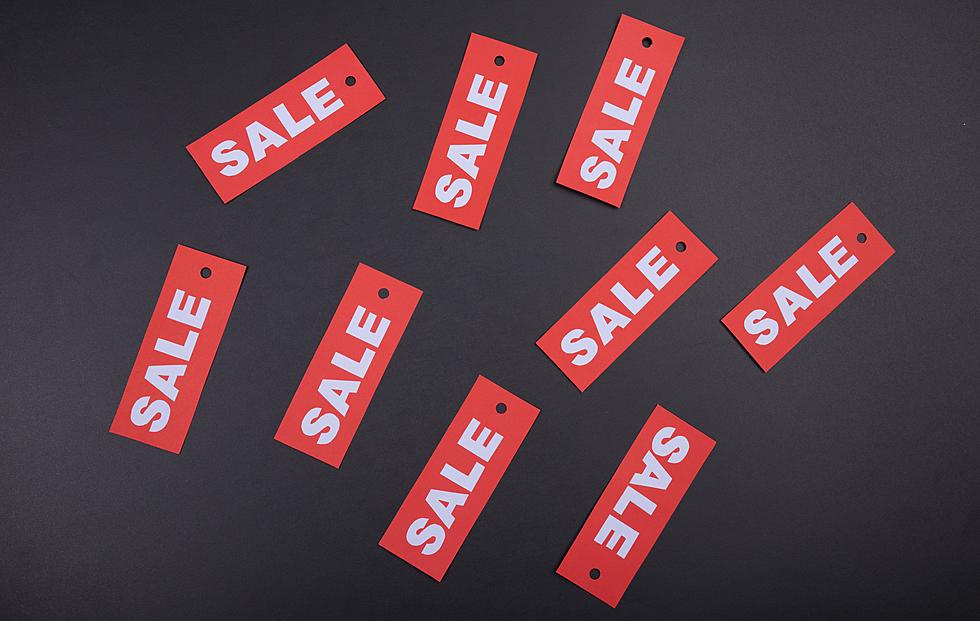
How to Market Tangible and Intangible Products and Services
Marketing is an art as much as it is a science. Those businesses that do their own sometimes fall into the trap, that no matter what the product or service might be, — all marketing is done the same way. If you are guilty of following this philosophy then I have some bad news for you. You may not be in business a year from now. There are vast differences between the products you produce and the services you sell.
Definitions
There are two types of products – tangible and intangible. Although each of the two might result in a satisfied customer, how to marketing and advertise each one are vastly different. Tangible items are those we can see, touch, or smell. I can hold a DVD in my hand — therefore it’s a tangible item.
An intangible item is one I can’t see. For example I can hold the life insurance papers in my hand, but that’s not what I bought. I bought protection for my family that I couldn’t physically see, touch, hear, taste, or smell. I’m hoping you are beginning to see that marketing these two products present some challenges.
Pricing
Before I talk about marketing and selling each type of product you have to understand the customers thinking when it comes to price. For the most part customers are not going to be fully educated about your products and services. If they were then the sales person would not be needed. You could just put products on the shelf and customers could help themselves. The only thing the customer might know for sure is the price of the product. That’s what they use for a starting comparison. Nothing in this world is overpriced if the customer wants it and has the ability to pay. Price is nothing more than a perception of value in the mind of the consumer. If the customer is shown the value of the product or service, the sale is made.
Selling the Tangible
Remember that the tangible item is something I can touch or visualize. A car, fountain pen, sofa, etc. I can evaluate these product based on visual comparisons and the benefits they provide. This is the key to selling tangible products. People don’t buy features they buy benefits. A feature is something a product has such as a four door automobile. The four doors do not become a benefit unless you need four doors. Otherwise they are something that you pay extra for, but don’t benefit from. Benefits also offset price in the mind of the consumer. Each benefit creates a value to the customer. Each feature, that has no benefit to the customers, decreases the value.
Selling the Intangible
Based on what you just read about selling the tangible you might think it would be much harder to sell an intangible product or service. And in some respects you would be right. The challenge of marketing and selling intangible products is that you have to paint a word picture for your customer. They can’t see or touch your product. If you are selling an insurance policy you have to be able to take your customer into the future and show them that, if you are no longer around, the family won’t be out in the street. Intangible selling is emotional selling. Here emotion creates the value. Yes, there are features, benefits and price in intangible sales too. Customers buy intangible products based on how that product makes them feel. There is some logic involved too but when logic and emotion come into conflict, emotion always wins.
Some Final Thoughts
Marketing is talking to your customers through advertising. Are you showing them features, but not translating those features into benefits? Are you showing them cold logical charts and graphs, rather than warm emotional feelings? Review your advertising and marketing programs and see how you are communicating with your customers. What are you really marketing? Emotion, perception, features, and value all equal a healthier bottom line.
More From KMMS-KPRK 1450 AM









